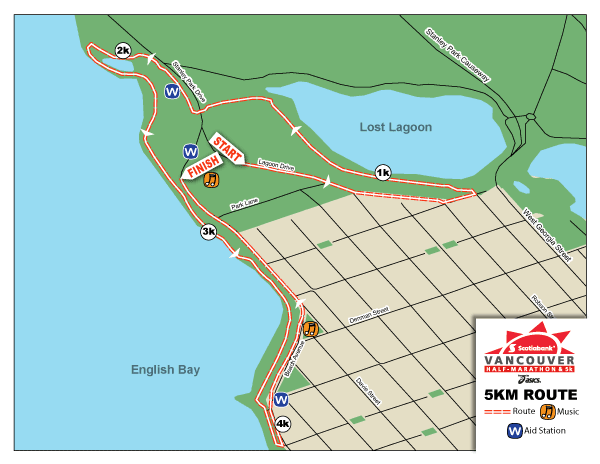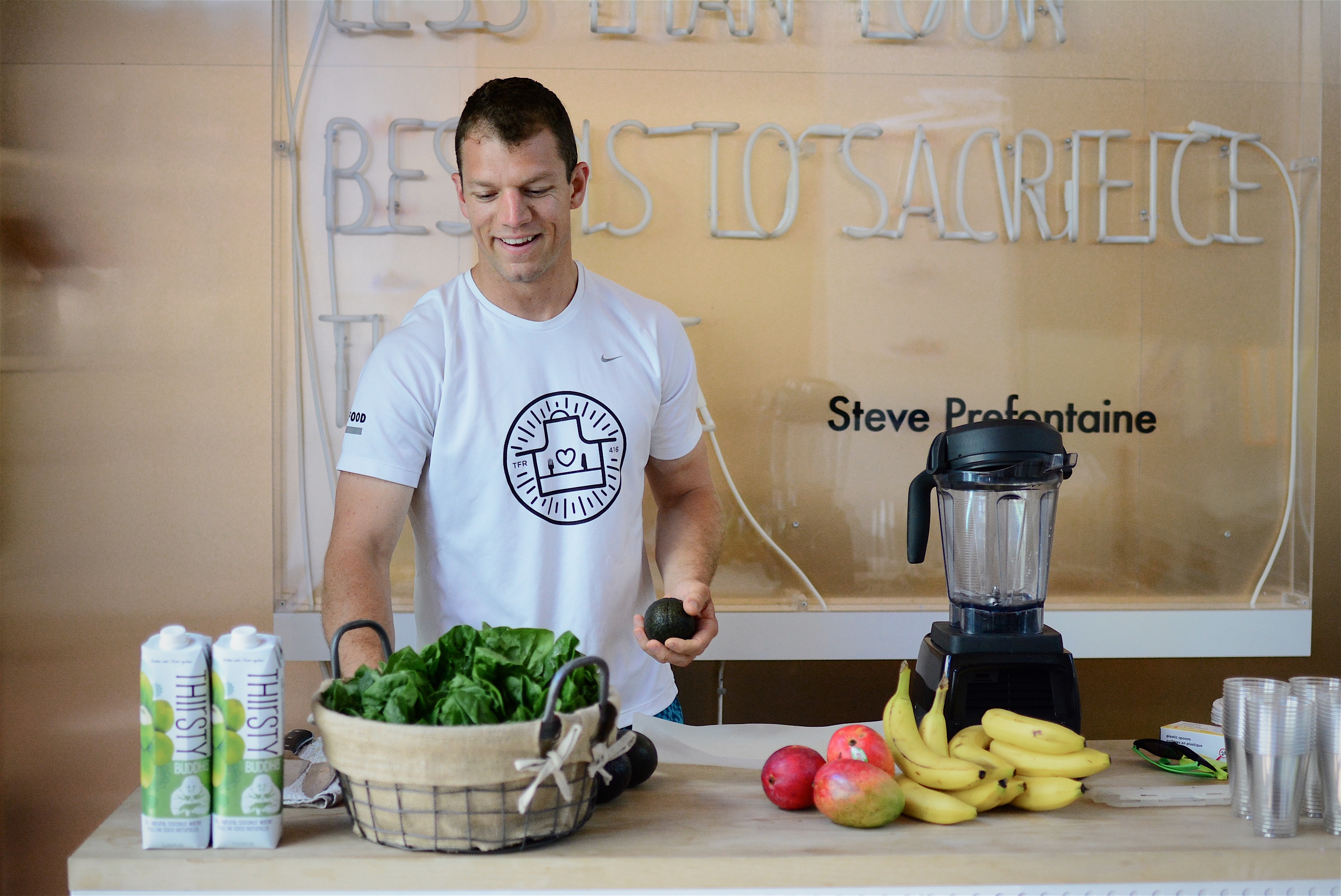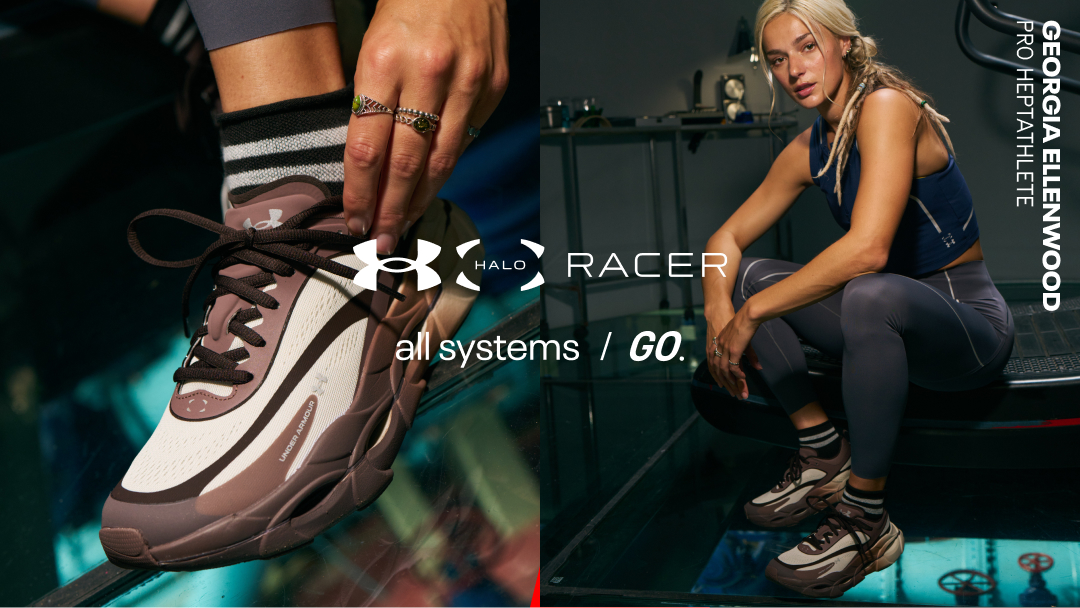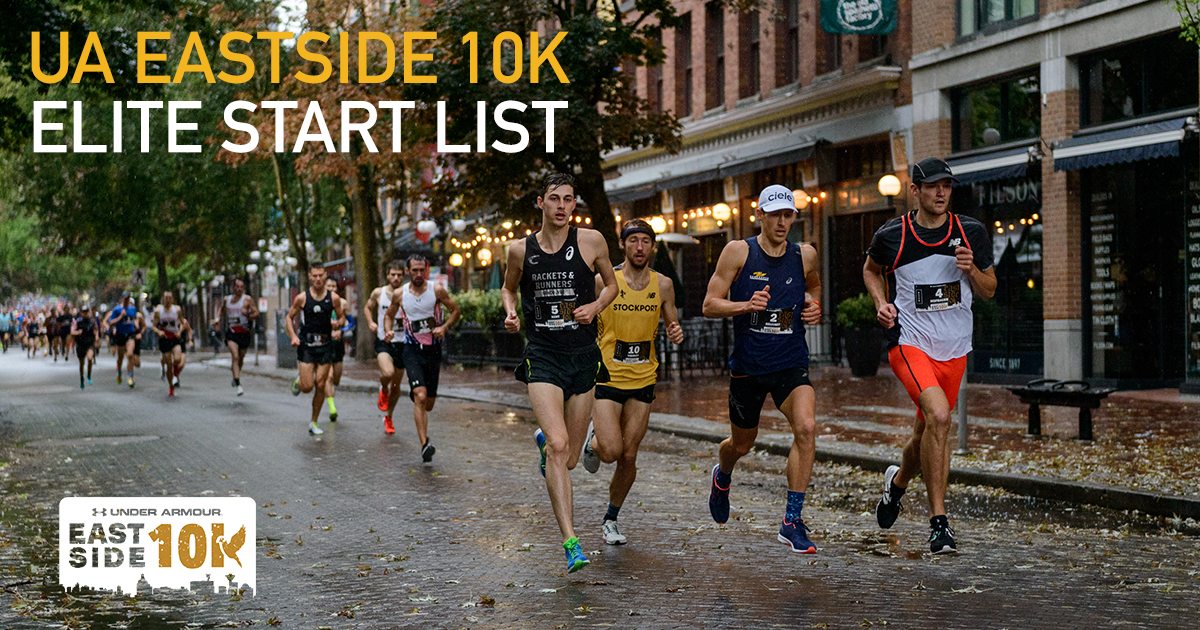By Amy Friel.
TORONTO September 14th 2016
Earlier this year — back in April — a runner named Timo Kantereit posted a picture to Instagram with the caption, “Late for work.”
The photo was from the 2016 Hannover Marathon in Germany, and showed Kantereit, clad in a crisp business suit and bright yellow Adidas running shoes, a race number pinned to his shirt. His business attire is conspicuous amid the throngs of fellow runners in their split shorts and tech tees — especially considering the sweltering, 27-degree conditions in which he ran.
Kantereit might have looked out-of-the-ordinary, but the niche world record he was chasing — the Guinness World Records title for fastest marathon in a suit — has gained something of a cult following among runners in recent years. The men’s half-marathon record alone has proven to be a constantly moving target, the mark having been broken no fewer than three times in less than a year.
So when Kantereit posted the picture of his own record attempt on Instagram, the reaction was immediate — and overwhelming.
“My average is maybe 100 or 150 likes on a picture, but this one got two thousand or something,” he explains. “It kind of skyrocketed.”
Almost immediately, Kantereit was inundated with comments and kudos from runners all over the world. Among them was Torontonian Nick Mizera, himself a former record holder, who had claimed the suited half-marathon title at the Scotiabank Toronto Waterfront Marathon the previous fall.
Thanks in no small part to the unseasonably warm temperatures, Kantereit’s record attempt in Hannover fell frustratingly short of the existing Guinness World Records mark. So when Mizera suggested his own hometown marathon for a second attempt, Kantereit’s interest piqued.
“I didn’t manage to get the record there,” he explains. “So then I was like okay, maybe I should give it another shot in the fall. And then there was Toronto.”
For a record-chaser looking for shot at redemption, the Toronto race looked like a perfect fit.
“It’s pretty late in the year, it’s not gonna be that warm anymore, and it’s a flat and fast course,” he says.
When it comes to record-chasers, Kantereit will be in good company on the streets of Toronto this fall. Nova Scotian-turned-Torontonian Jen Wilson also has plans to carry on the burgeoning tradition of bespoke speed started by Mizera in 2015. And just like Kantereit, Wilson’s record attempt is about more than just adding her name to the annals of Guinness World Records history — it’s about personal redemption.
“I DNFed last year. I tore my hamstring,” she recalls. “I didn’t realize how bad my hamstring was, so I tried to run, and I only made it 18K.”
 Wilson is a classic endurance athlete at heart; an accomplished marathoner and triathlete, she’s unaccustomed to the experience of giving in. So when she recalls her race in 2015, her memories are vivid: injured, defeated, waiting in the bitter cold to be collected from the side of the course, tears of disappointment freezing to her cheeks.
Wilson is a classic endurance athlete at heart; an accomplished marathoner and triathlete, she’s unaccustomed to the experience of giving in. So when she recalls her race in 2015, her memories are vivid: injured, defeated, waiting in the bitter cold to be collected from the side of the course, tears of disappointment freezing to her cheeks.
“I’ve done the race for the last five years; Scotia was my very first race ever,” she says. “So crashing out of it and having my very first DNF was so heartbreaking.”
Down but not out, Wilson felt determined to return to the race in 2016, rested, healed, and looking for redemption. So when she heard about the Guinness World Records Challenge, she saw an opportunity to take on a new and exciting goal, without the burden of undue pressure.
“A Guinness World Record seemed like a really fun way to go back to this race that I love, and sort of erase some of the awfulness from last year,” she says.
Having trained through the long, hot summer in ordinary running attire, Wilson anticipates that racing in the suit will bring its own unique set of challenges.
“I think that when the suit gets wet, it’s gonna be kind of gross,” she says. “And there’s gonna be that moment when you start to overheat.”
For his part, Kantereit has his own reservations. Still, he feels confident that, given the right conditions on race day, the existing record of 2:58:03 is well within his capabilities.
“You don’t know how it’s going to feel after 20K, you don’t know how it’s going to feel after 30K,” he says. “It’s tough to predict.”
For Kantereit and Wilson, one thing is certain: at STWM 2016, running for redemption has never looked so stylish.
Applications for Guinness World Record attempts at the 2016 Scotiabank Toronto Waterfront Marathon & Half-Marathon will be accepted until Friday September 16th! Find out how you can apply to break your very own Guinness World Record: http://runcrs.co/1TROjVx


















